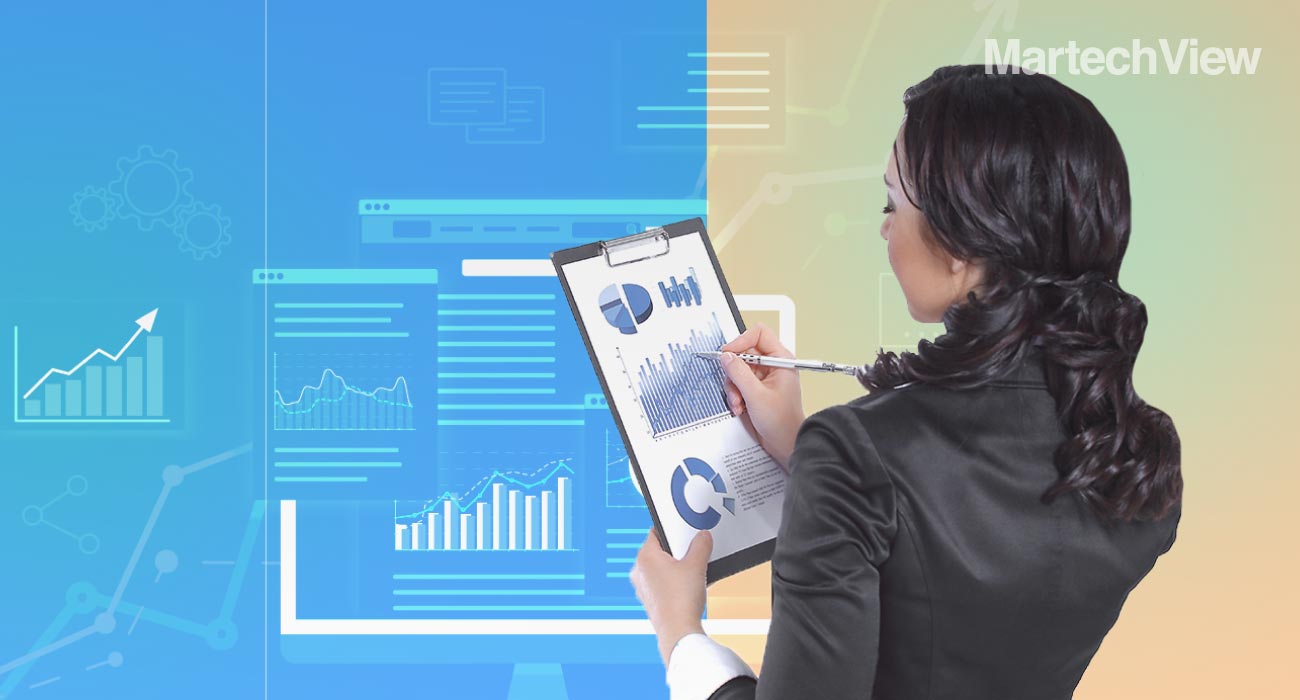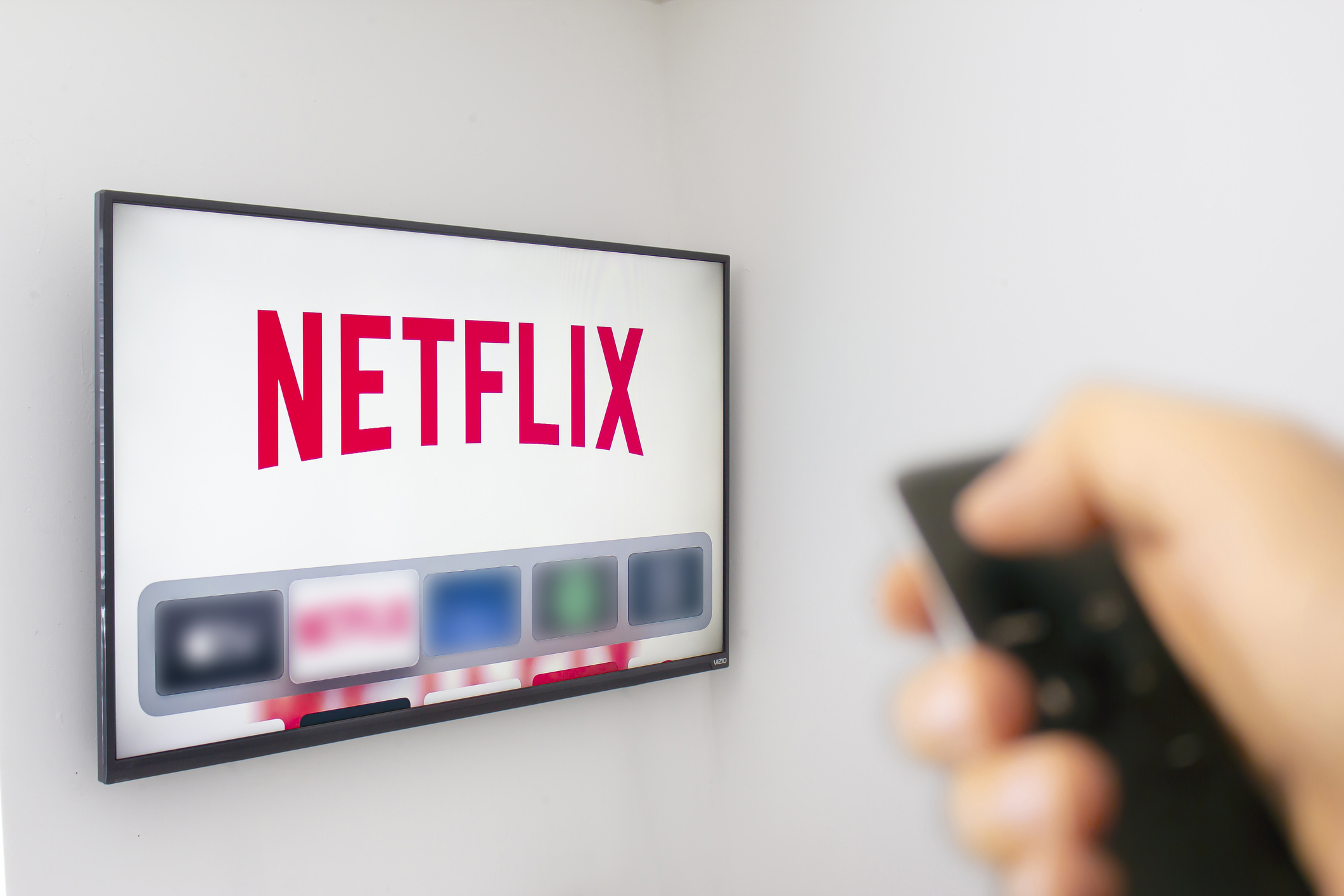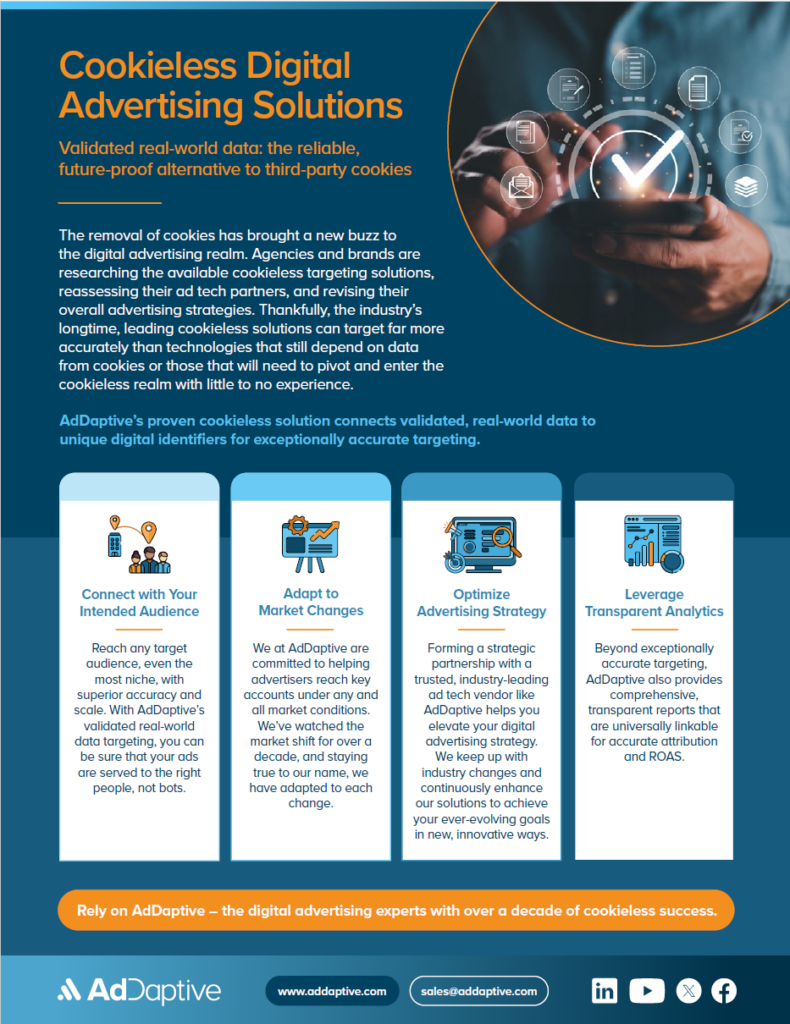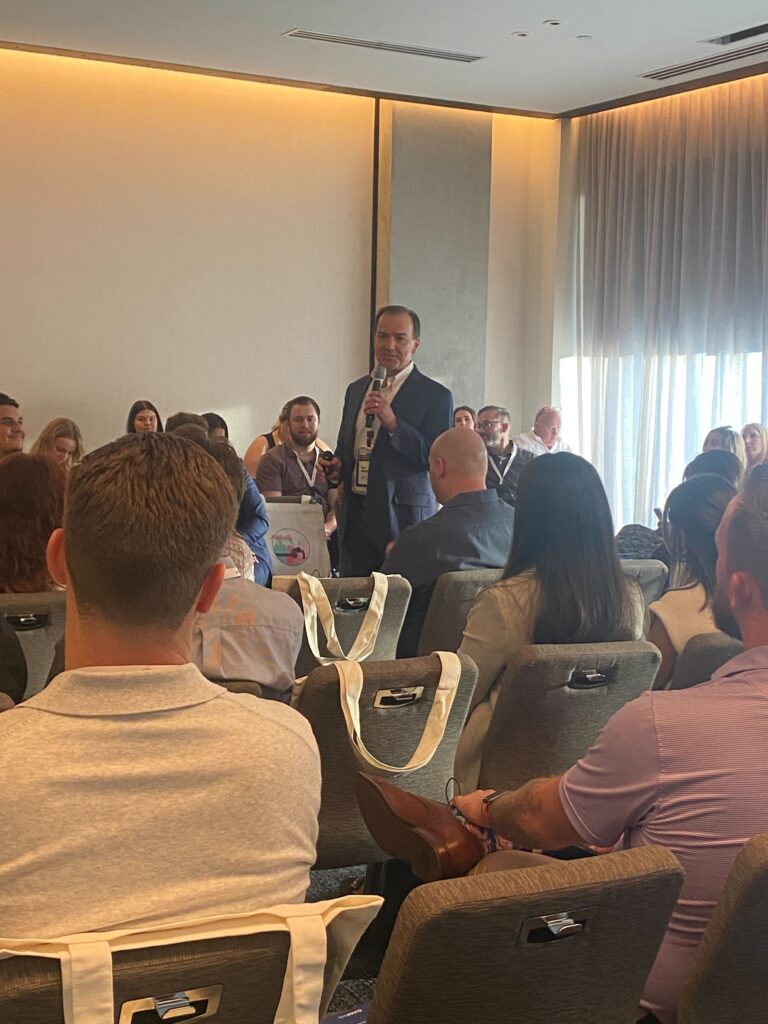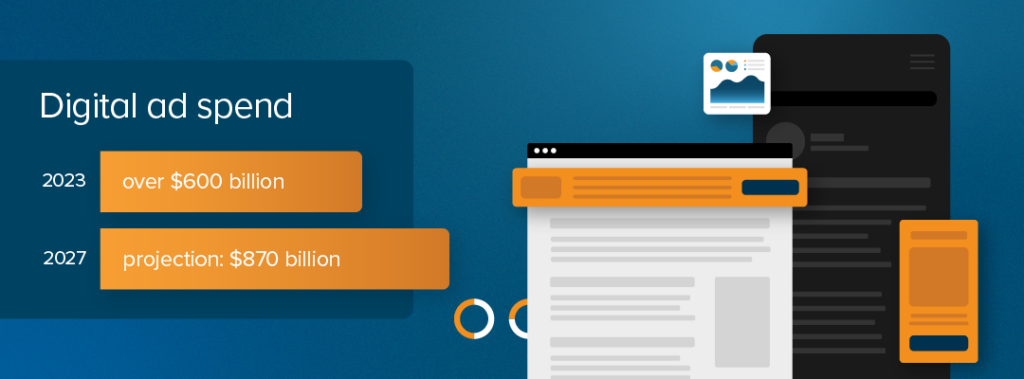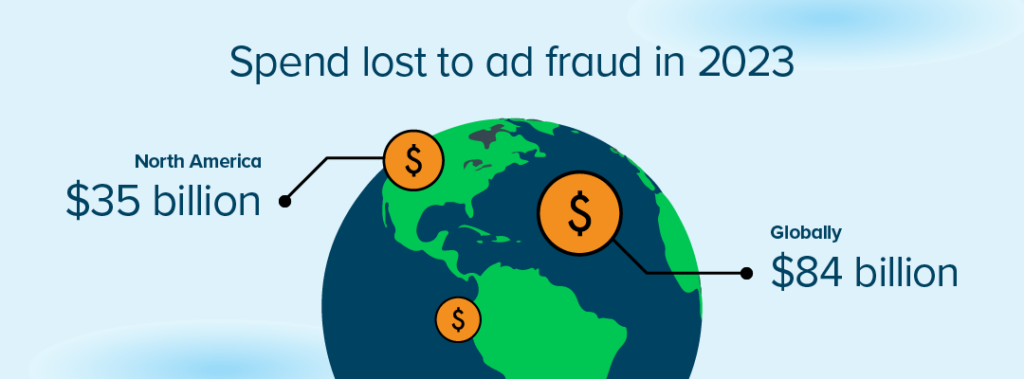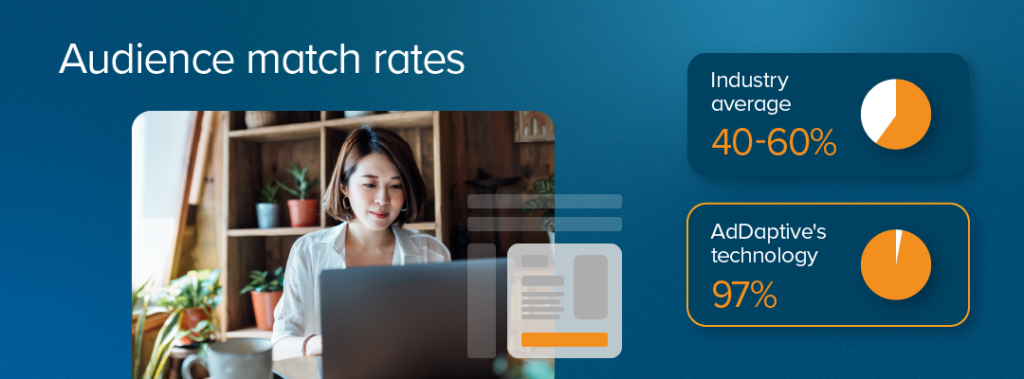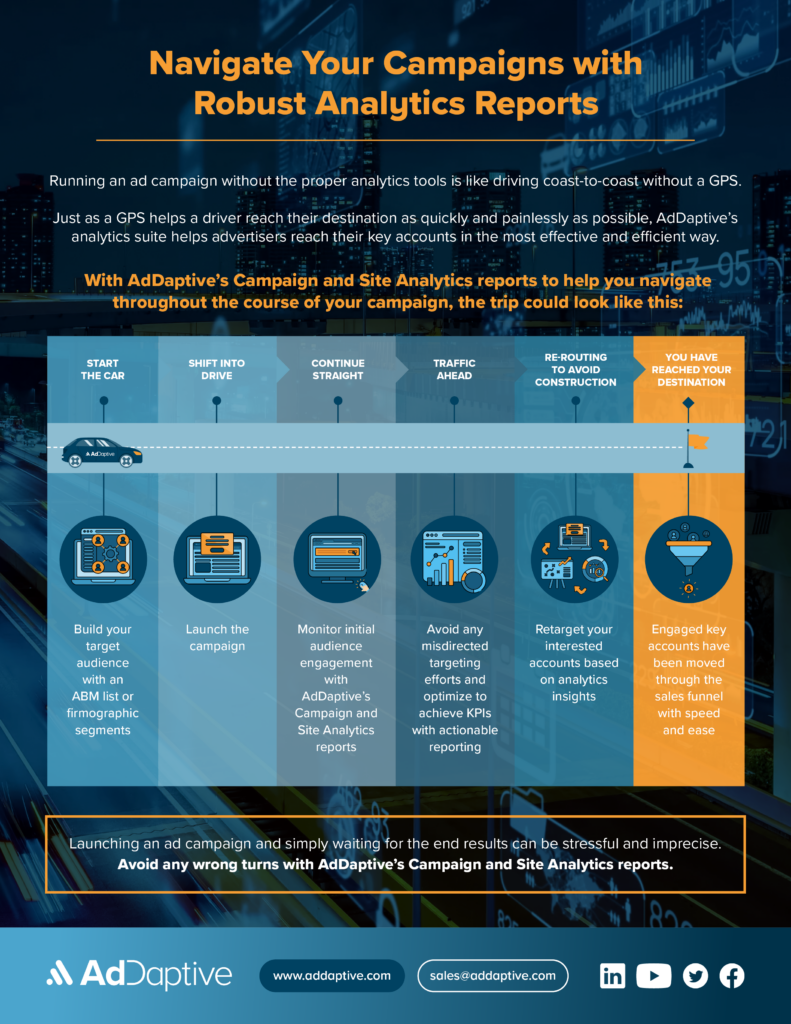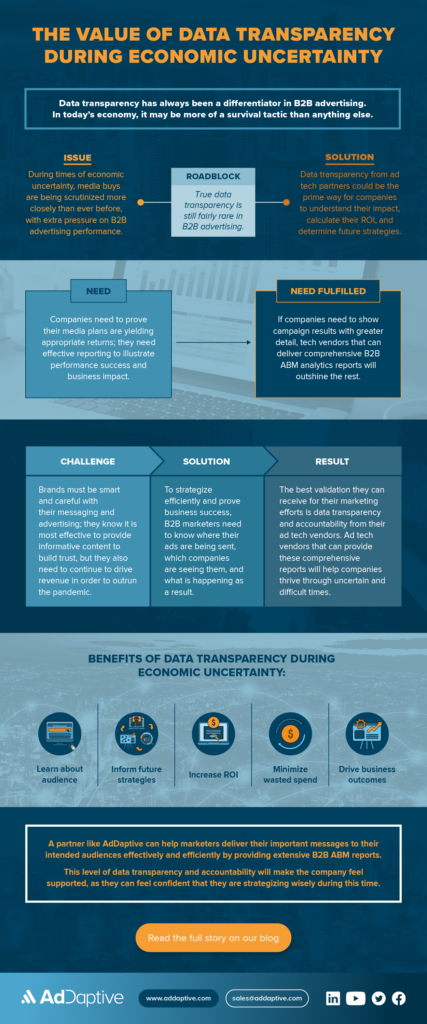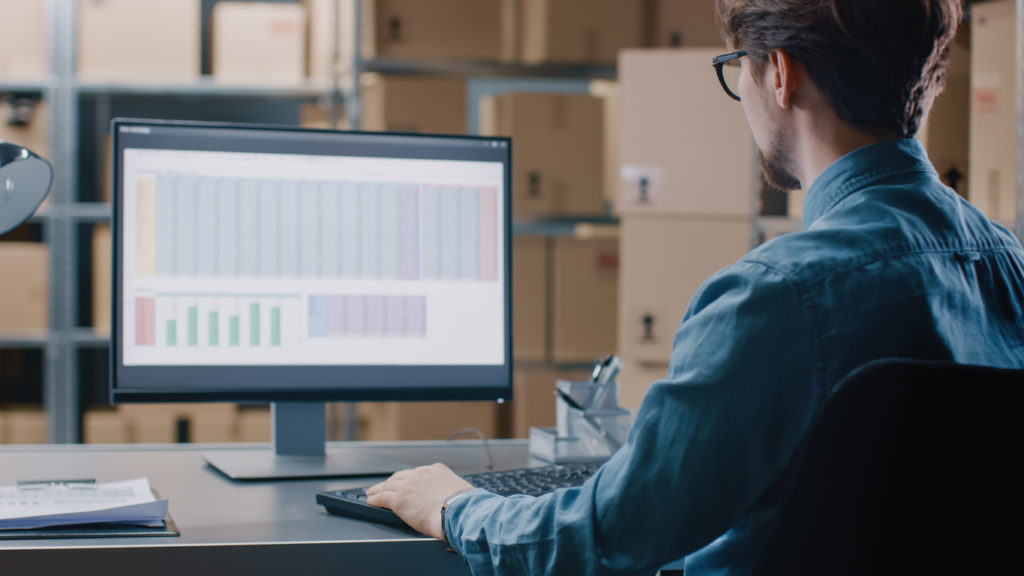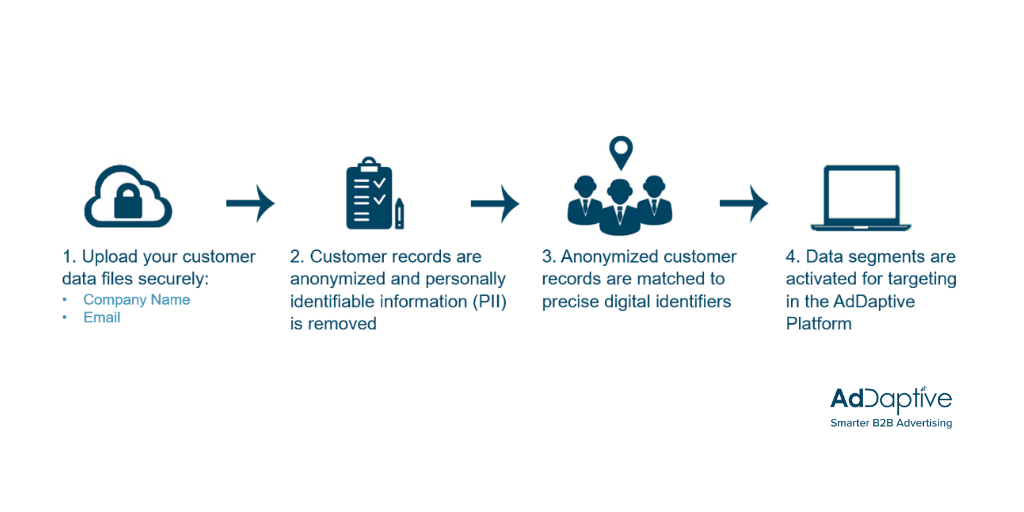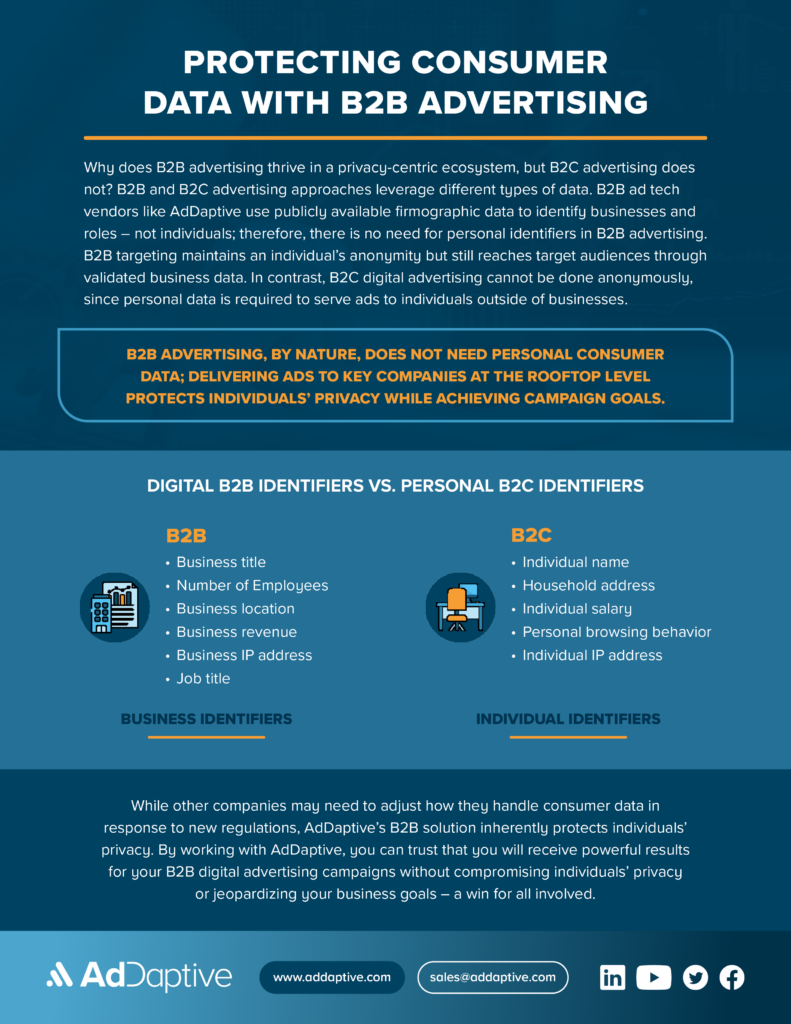Why Marketers Need a Data Diet in the Age of AI Overload
This piece was originally published on Martech View.
Drowning in too much data and too little insight? Discover why marketers must streamline their data strategy, focus on quality over quantity, and embrace a “Data Diet” to drive meaningful results in a post-cookie world.
We’ve all heard marketers complain, “I have too much data, but not enough of it is meaningful and actionable.”
Advances in artificial intelligence were supposed to solve this issue, but in some ways, they have exacerbated it.
This is why it’s high time marketers went on a strict “Data Diet.” The concept is simple but powerful: Focusing on fewer, high-quality data points produces better results than trying to analyze everything.
Think of it this way: If you tell me one thing, I can act on it. If you tell me 500 things, I might be unable to act on anything. If that sounds like the old “analysis paralysis” condition, you’re right. But the current levels of data and the speed with which marketers are expected to deploy it effectively are like nothing we’ve ever seen.
The Growing Problem of Data Debt
“Data Debt” is a term gaining traction in marketing circles. There’s a good reason for that. We’re experiencing an accumulation of unused, unactionable data across various marketing systems. That’s a burden silently weighing down businesses.
A typical marketing stack today might incorporate six to seven different platforms, each capable of exporting 30-40 different data fields. Sure, you can export everything. But you’ll also quickly amass thousands of data points that no one knows what to do with.
Here’s where analysis paralysis appears on steroids. The inability to make decisions because there’s simply too much information to process extends beyond the usual operational inefficiency.
Marketers have to manage so many drastic issues in nanoseconds. Consumer privacy is a perfect example. The more consumer data you collect and share, the greater your exposure to regulatory risks under frameworks like the California Consumer Privacy Act of 2018 (CCPA) and the European Union’s General Data Protection Regulation (GDPR).
When a client says, “Just send me a data dump of everything you have,” they’re not only asking for useless information; they’re potentially increasing their compliance burden.
This challenge becomes even more pressing as third-party cookies continue their inevitable decline. While the third-party cookie is far from dead, the reality is that approximately 50% of digital inventory is already cookieless: Mobile apps, CTV, Safari, Firefox, and other browsers. Efficiency in managing marketers’ campaigns in real-time means prioritizing quality over quantity.
Putting Your Data on a Diet
A Data Diet begins with a fundamental question: What few data points move the needle for your business?
Rather than trying to activate and analyze every piece of information, successful marketers identify the critical elements that genuinely impact their specific business objectives.
I recently worked with a leading technology company that had a surprisingly simple approach. They focused on a single customer ID that served as a universal connector across their entire organization, linking fulfillment, marketing, sales, and analytics.
By activating just this identifier in our platform for both targeting and reporting, they could integrate campaign data into their internal systems and demonstrate the clear value of their marketing investments.
This principle applies even at the tactical level.
In another instance, we prepared to share prospecting data with our sales team. The initial export contained nearly 30 fields—from names and job titles to company details, revenue figures, location data, and website behavior. But when we asked what the sales team needed to do their jobs effectively, we could pare this down to just seven or eight essential fields. The result? a more focused, actionable dataset that eliminated noise and improved effectiveness.
The key is to take a high-level, 10,000-foot view of your strategy and focus on the two or three KPIs that truly matter to your business. Everything else is contributing to data debt.
Putting First-Party Data “First”
We’ve all accepted that a first-party data media strategy is essential. The identifiers you own— customer IDs, email addresses, or other proprietary data points—are the foundation of effective targeting and measurement. Marketers should thoroughly audit their data stacks and identify the “connective tissue”—unique identifiers that link advertising activities to internal sales and marketing metrics. Often, this starts with basic first-party data like an email address or company profile and then extends to customer IDs or fulfillment identifiers that connect to the rest of your systems.
These identifiers become increasingly valuable as third-party data becomes less effective each day. Google may eventually eliminate third-party data through consumer choice mechanisms, but your first-party data will remain valuable if you know how to activate it.
Integration and Activation
The final piece of the Data Diet method is having the right technology to activate your streamlined data strategy. Look for flexible advertising platforms that can both ingest your first-party data for targeting and return it alongside campaign performance metrics.
When evaluating potential partners, ask pointed questions about their ability to handle your specific data points. Can they use your unique identifiers for both targeting and analytics? Can they feed campaign data into your systems in a format that connects to your internal KPIs?
The most sophisticated marketers use their advertising platforms to create feedback loops that generate actionable intelligence. For instance, B2B purchase intent data captured through advertising can be fed back to sales teams, helping them understand which products potential customers are researching. This approach closes the loop between advertising and revenue only when you’re focused on the right data points.
Control Your Data, Control Your Destiny
The Data Diet concept ultimately comes down to simplicity and focus.
Assess your marketing stack and identify the few data points that transcend your organization—the ones that connect advertising to sales, marketing to fulfillment, and investment to outcome.
Don’t be seduced by the allure of “big data in the AI era” or the notion that more information naturally equals better decisions. Instead, embrace the power of the essential few metrics that truly drive your business.
The future belongs to marketers who can simplify, focus, and strategically harness their data. Remember, those who control their data, specifically the right data, control their destiny.
Ready to speak with a digital advertising expert? Book a meeting below.

